Mediterranean biotopes
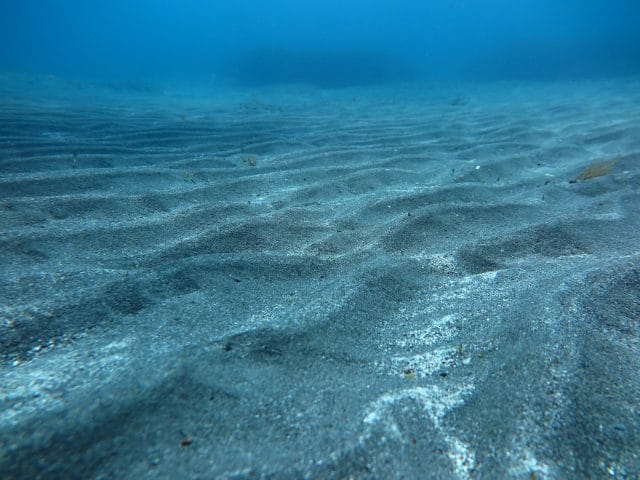
Loose bottoms
They are composed of sand or mud. They seem deserted at first glance, but are actually home to a great diversity of fauna that can blend into the environment and escape predators using a range of unique skills (like mimicry, burrowing or flattening their bodies).

Posidonia seagrass beds
These seagrass beds are a rich ecosystem found between the surface and 35m deep. They are formed by the endemic Mediterranean species, Posidonia oceanica, an underwater plant that flowers and bears fruit when the climate is right. The seagrass produces large quantities of oxygen, which animals need to survive. Hundreds of marine species find food and shelter in this remarkable jungle of leaves and rhizomes.
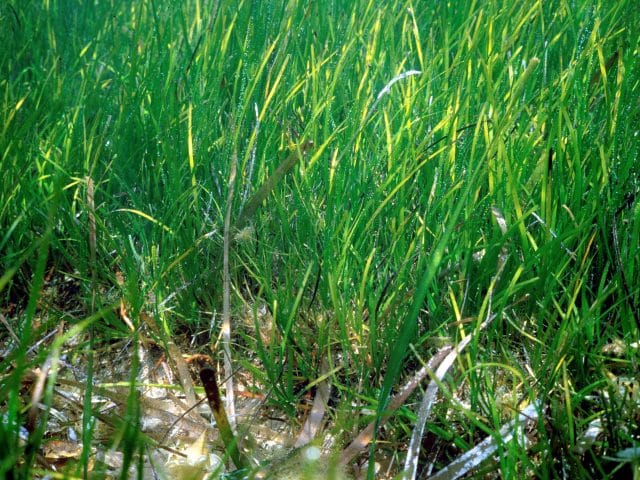
Zostera seagrass beds
Like their Posidonia equivalents, zostera seagrass beds are key to maintaining balance in the marine environment. They provide shelter for juveniles of many species and are a food source and habitat for the fauna that lives just below the surface.
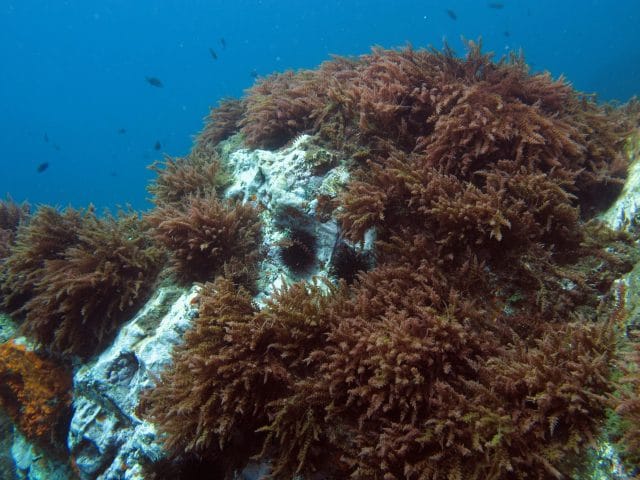
Coastal rocky bottoms
Shallow rocky bottoms receive the ideal amount of light for many algae species to grow and form a dense cover on the rocks. These algae provide food and shelter for small invertebrates that other animals like fish prey on.
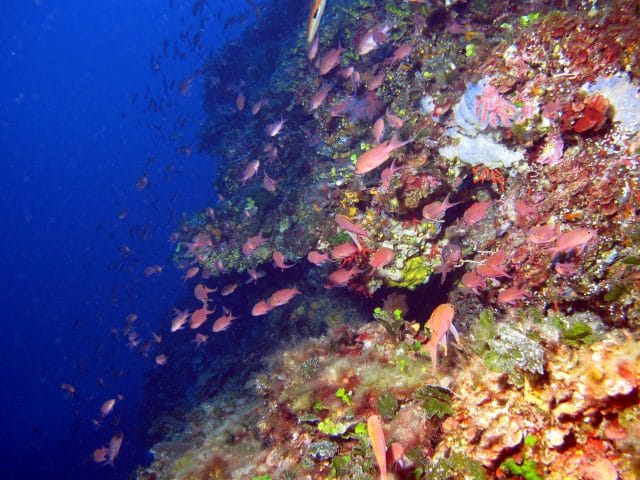
Coralligenous habitats
In deeper waters below about 30m, coralline algae and sessile invertebrates grow to form biological structures called coralligenous habitats. These very fragile reefs offer many different types of shelter where marine life can flourish.
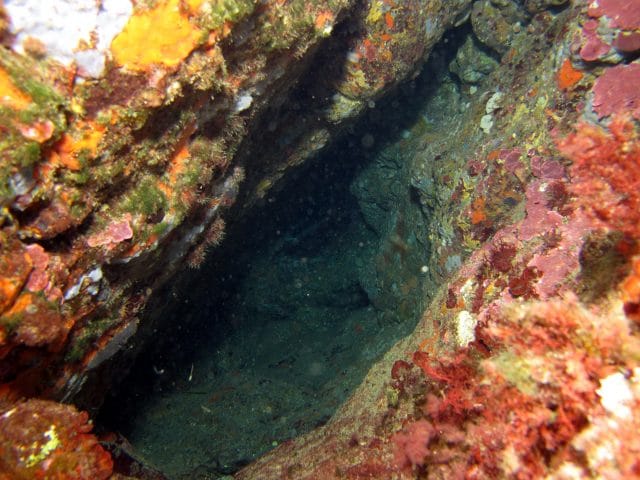
Stones, crevices and caves
Species that prefer or require little light live here. These are generally species that hide here by day and come out at night to look for food.
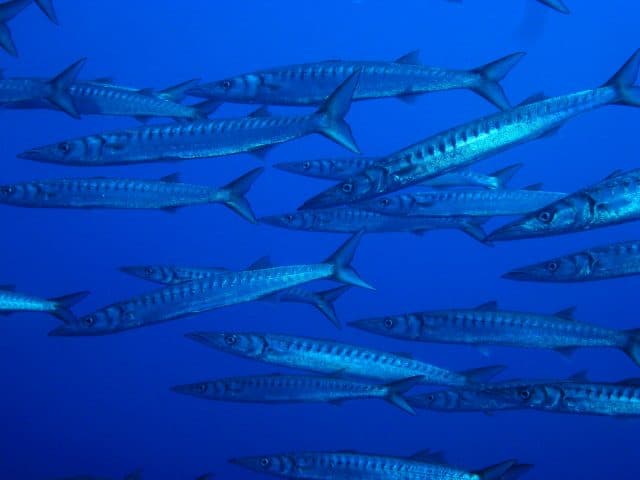
Open water
Open water offshore or nearer the coast is home to a range of organisms of all sizes: from plankton measuring a few hundredth of a millimetre to the 20-metre long fin whale; and from zooplankton – animals that have no locomotion and must drift with the currents – to the fastest and most agile swimmers like dolphins and swordfish.






















